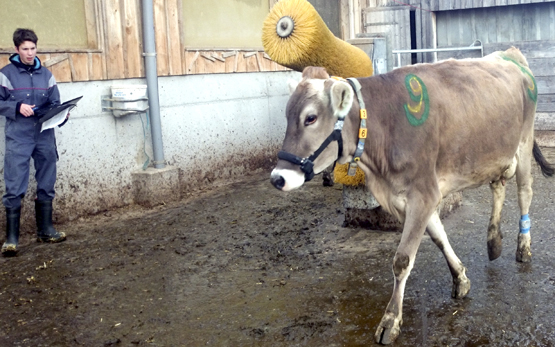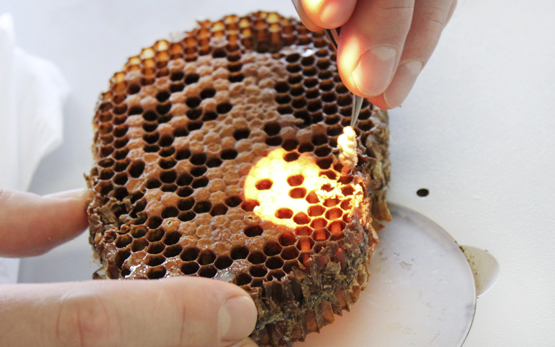Varroa Treatment in Mild Winters
Warm winter weather may mean that the queen bee continues to lay eggs, reducing the effectiveness of the winter treatment against Varroa. Our experiments showed Varroa to have a significant presence in the brood cells. Thus, even in mild winters the broodless colony should be treated with oxalic acid. If necessary, the winter brood must be destroyed. Alternatively, the queen can be confined for 25 days. This will prevent her from laying eggs, and the broodless colony can then be treated.
Foulbrood Identification Method Accredited
European and American foulbrood are serious bee diseases and are therefore notifiable animal diseases. A method recently developed by Agroscope now makes it possible to simultaneously identify a specific DNA sequence for each of pathogens. The method has been authorised. Agroscope’s Centre for Bee Research is a reference laboratory, and can thus support authorities and recognised laboratories with diagnosis.
Healthy Bees and Pollination Security







